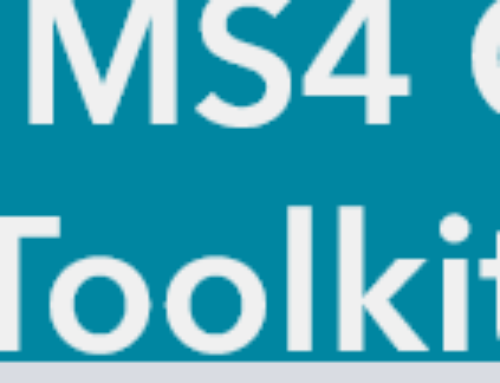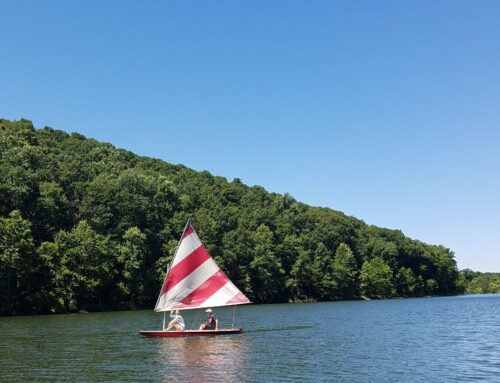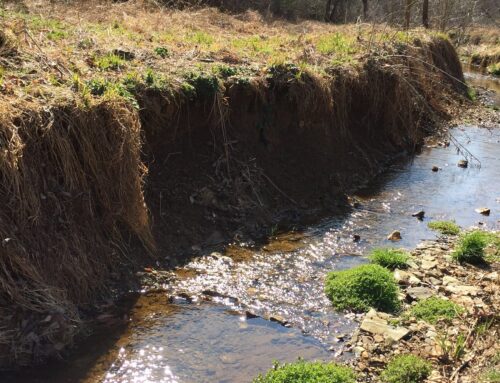Greetings, stormwater professionals:
The Minnesota Cities Stormwater Coalition and Saint Anthony Falls Laboratory hosted a joint presentation on July 19th focused on Phosphorus Release in Stormwater Ponds. Some highlights and follow-up from this event are provided below.
Here in Minnesota, we have recently found that a number of our constructed stormwater ponds are releasing and discharging significant amounts of phosphorus from sediments. This is the reverse of the expected net phosphorus retention that we expect. This raises a number of important questions. We thought these could be best addressed through an event that involved a couple research presentations and a panel discussion with researchers, local implementers, and state/federal regulators. Our panelists were:
- Dr. John Gulliver, U of MN, SAFL
- Eric Macbeth, City of Eagan
- Dr. Claire Bleser, Riley-Purgatory-Bluff Creek Watershed District
- Mike Findorff, Minnesota Pollution Control Agency
- Ken Pantuck, EPA Region 3 (remote)
- Elizabeth Ottinger, EPA Region 3 (remote)
The two presentations in the first part of the program are especially impressive and useful. The U of MN folks looked at 80 ponds and found that 32 of them have higher P concentrations than should be expected. Similar problems were found in the Shingle Creek Watershed (67 sq. mi., fully urbanized, just north and west of Minneapolis). Almost $17 million has been spent in this watershed since 2005 for water quality improvements, but they are finding higher concentrations of dissolved P (most bioavailable) now than they did in the early 2000’s (see chart below). This problem with P release in stormwater ponds may be the best explanation for this lack of progress. The presenters were:
- Dr. John Gulliver – University of Minnesota, St. Anthony Falls Lab
- Joe Bischoff – Wenck Associates, Inc.
You can access the video/audio for the entire event here. Please see the end of this post for details.
| Phosphorus Release in Stormwater Ponds Thursday, July 19, 2018 | ||
| Play recording (2 hr 11 min) (This recording does not require a password.) | ||
When you click on “Play recording” above, the event should open up in the Webex player on your computer. You may need to have your IT staff help you install some software. Please let me know if you have problems accessing this. The audio starts at 1:18 into the recording. It is silent until then.
I came away for this more convinced that this is a legitimate issue that deserves serious attention. I think the next best step is convene a relatively small group to identify and list the set of questions that should be addressed. Once we have this list, we can:
- Put the questions into useful, related groups
- Determine which questions should be addressed first, which questions must be addressed sequentially, and which questions can be addressed simultaneously
- Begin to discuss how to get answers
- Begin to determine the best and most appropriate next steps.
If you wish to receive information on this topic from us in the future, please fill out the short survey form at this Web link:
https://www.surveymonkey.com/r/JFZGWLR
Here is some information to view the event most efficiently:
- The audio starts at 1:18 into the recording. It is silent until then.
- My intro – 00:01:18 to 00:14:00
- Dr. John Gulliver’s presentation – 00:14:00 to 00:46:15
- Gulliver’s summary – 00:39:25 to 00:42:02 (see below for slide)
- Joe Bischoff’s presentation – 00:46:30 to 1:19:50
- Bischoff’s summary – 01:18:15 to 01:19:30 (see below for slide)
- Q & A and panel discussion – 01:19:50 to 02:11:35
Graphics
Gulliver’s summary slide
Bischoff’s summary slide
 Randy Neprash
Randy Neprash
Randy is a stormwater regulatory specialist in the St. Paul, Minnesota office of Stantec Consulting. He worked as a construction company owner and carpenter for 18 years before discovering a passion for stormwater—which he now specializes in as a civil engineer. Randy works under contract for the Minnesota Cities Stormwater Coalition, an organization of approximately 130 cities regulated under the MS4 stormwater permitting program. His work with the Coalition has been a single project spanning 16 years and counting. Randy has advised many public and private agencies on issues related to TMDL (total maximum daily load) studies and implementation plans, low impact development, and alternative stormwater management. Randy is the Vice-Chair of the National Municipal Stormwater Alliance (https://nationalstormwateralliance.org/), an organization comprised of state and regional-level coalitions of MS4 permittees. Recently, Randy was named the Professional Manager of the Year (2014) for Water Resources by the American Public Works Association. An optimist by nature, he believes in tackling challenges with positivity and creativity.









